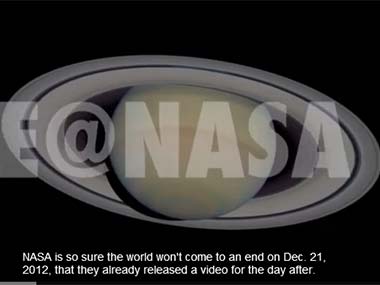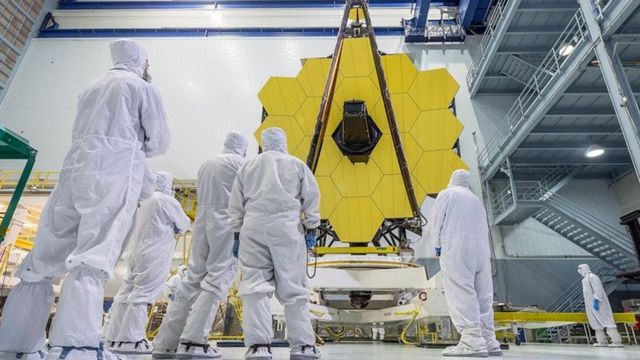

By April 8, 42 states had imposed stay‐at‐home orders (Mervosh et al., 2020b). 1 California imposed the first state‐level stay‐at‐home order on March 19, with 20 other states issuing similar orders in the week that followed. Policymakers also took actions to limit activity. By March 22, it too had fallen below the baseline. Grocery and pharmacy activity, which had picked up in late February, remained elevated through mid‐March, presumably because people were making preparations for an extended stay at home. Workplace activity declined beginning around March 11, as many transitioned to remote work, while retail and recreational activity started to fall around March 13. Beginning around March 8, residential activity increased and transit station activity decreased, suggesting those in the United States were limiting unnecessary trips outside the home. Luther ( 2020a) documents this behavioral response by analyzing several visits‐and‐length‐of‐stay activity indices produced by Google ( 2020). consumers and businesses to change their behavior. The growing fear of a pandemic appears to have prompted U.S. As cases outside of China increased, so too did the fear of a global pandemic. They ballooned to 24,727 by March 15 (WHO, 2020b) and continued to rise thereafter. By March 1, confirmed cases outside of China had risen to 7,169 (WHO, 2020a). The World Health Organization (WHO) identified four confirmed cases outside of China on January 20 (WHO, 2020c). In early 2020, the SARS‐CoV‐2 virus originating in Wuhan, China began to spread to other countries. These credit allocation facilities were unwarranted and unwise. Although some of its facilities likely helped to promote general liquidity, others were primarily intended to allocate credit, which blurs the line between monetary and fiscal policy. It could have achieved something approximating monetary stability without employing its emergency lending facilities. In brief, we credit the Fed with promoting monetary stability while maintaining that it could have-and, given its mandate, should have-done more. We consider the extent to which the Fed might be said to have promoted monetary stability, whether its emergency lending facilities were warranted, and what, if any, consequences are likely to follow from these facilities. In Section 3, we evaluate the Fed's actions.

We summarize the monetary and emergency lending policies pursued by the Fed in Section 2. We briefly review the historical episode and consider the standard textbook treatment of a pandemic on the macroeconomy in Section 1. In what follows, we provide an initial assessment of the Fed's policy response. The Fed took bold steps to support the recovery. And we want to make that rebound as vigorous as possible.” So, in principle, if we get the virus spread under control fairly quickly, then economic activity can resume. This is a situation where people are being asked to step back from economic activity, close their businesses, stay home from work. “Quite the contrary, the economy performed very well right through February. “There's nothing fundamentally wrong with the economy,” Federal Reserve (Fed) Chair Jerome Powell ( 2020a) said in a March 26th interview. The nature of the downturn also differed significantly from the previous recession. For comparison, the annualized growth rate from 2007‐Q4 to 2009‐Q2, a peak‐to‐trough known as the Great Recession, was just −3.7%. Annualized real gross domestic product (GDP) per capita, which stood at $58,490 in 2019‐Q4, fell to $57,691 in 2020‐Q1 and $52,387 in 2020‐Q2-an annualized growth rate of −24.7%.

The unemployment rate jumped to 14.7% in April 2020. Growing fears of a pandemic followed by stay‐at‐home orders and other restrictions on businesses and consumers prompted a huge decline in economic activity. The economic contraction beginning in March 2020 was the sharpest on record.


 0 kommentar(er)
0 kommentar(er)
